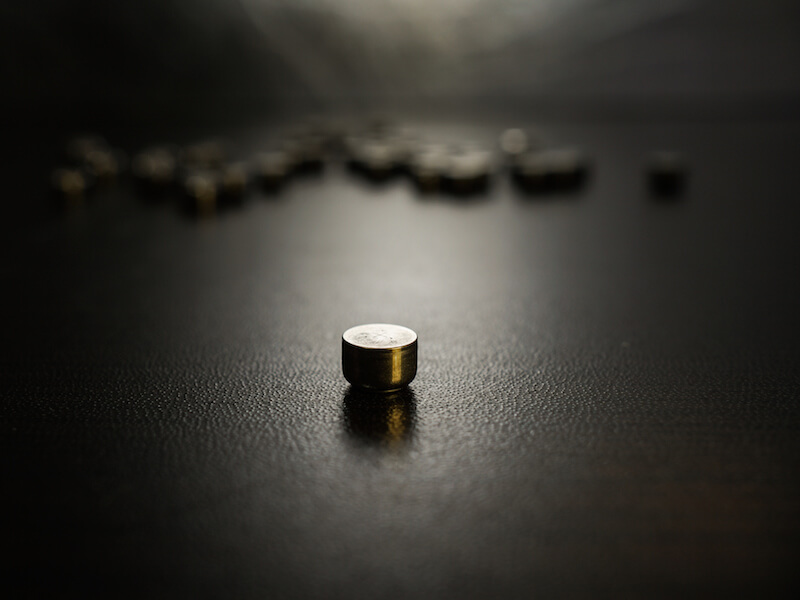
Contemporary technology has evolved the way we power electronics of all kinds, from radios to cameras to phones. A robust, rechargeable hearing aid battery is finally living up to the hopes of hearing aid makers to replace the antiquated disposable power sources of the past.
Disposable hearing aid batteries have historically been the power source of choice amongst manufacturers, with size 312 batteries being one of the more prevalent battery types. The most popular form of this battery, now, is “zinc-ion”.
The Drawback to Disposable Hearing Aid Batteries
The presence of air effects a zinc-air battery, as the name implies. The user needs to tear a small tab off the back of a 312 zinc-air battery to activate it.
They will start draining power as soon as they are completely oxygenated. That means power is start to drain whether the user is ready for it or not.
Most users consider the duration of life to be the most significant drawback of disposable batteries. Some reports have cited the average life expectancy of a size 312 disposable battery to be from 3 and 12 days, which means users could switch out their batteries about 120 times every year.
Because of this, besides having to buy 120 batteries, the user will have to change and properly dispose of batteries at least twice every week. That’s most likely over $100 in batteries from a cost outlook alone.
Advancements in Rechargeable Batteries
Fortunately, for hearing aid wearers looking for another approach, there have been significant improvements to rechargeable hearing aids that now make them a viable choice.
The vast majority of people would use rechargeable hearing aids if given an alternative according to some research. Until now these models have historically struggled to supply a long enough charge to make them worthwhile. But modern rechargeable batteries will last all day without requiring a recharge.
Users won’t see substantial cost savings by switching to rechargeable batteries, but where they will see an obvious improvement is in quality of life.
These new models give less frustration on top of keeping a 24 hour charge because the user doesn’t have the burden of continuously swapping out the batteries. Instead, they only need to take out the battery and place them in a convenient tabletop charging unit.
When a disposable battery nears the end of its life it can’t run your hearing aid at full power. And you can’t determine how near the battery is to failing. Because of this, users risk putting themselves in a situation where their battery might die at a critical time. A faulty battery will not only lead to a safety hazard, it could cause the user to miss out on key life moments.
Types of Rechargeable Hearing Aid Batteries
Rechargeable batteries come in various different materials, each offering distinct advantages. The ability to maintain a charge for 24 hours is one reason why integrated lithium-ion batteries are one practical option that manufacturers supply. You might be surprised to learn that this same type of technology is what charges and powers your cellphone.
Another type of modern rechargeable battery is a silver-zinc. Originally, these revolutionary batteries were manufactured for Nasa’s moon missions. You can even use this technology to upgrade and retrofit the existing hearing aids you’re comfortable with by converting the device to rechargeable power. These batteries, like lithium-ion, will also last all day before requiring a recharge.
Some models even allow you to recharge the battery without removing it. For these, users will place the entire hearing aid into a charging station when they sleep or at another time when the device isn’t in use.
While all of these rechargeable strategies offers considerable advantages over disposable batteries, each option should be carefully vetted to get a complete picture and to identify if it’s right for you.
Check out our hearing aid section if you’re looking for more information about what battery would be best for you or any other info about hearing aids.

